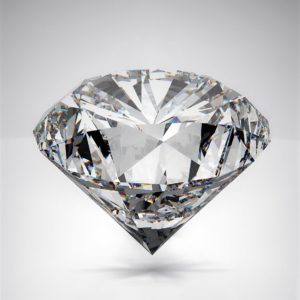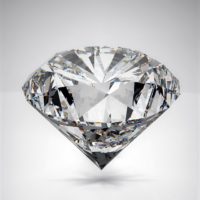It’s surprisingly easy to mess up the finishing and polishing part of a restoration protocol. On the one hand, it doesn’t seem as tricky, but on the other, if you over-contour and don’t use the right materials you may have a hard time achieving beautiful high polish esthetics.
Why Polishing Matters for Direct Restorations
 Though direct restorations are simpler and can even be handed off to a dental assistant, getting them right is imperative to the success of your practice. Their longevity, function, and esthetics matter because they teach patients to trust your dental work.
Though direct restorations are simpler and can even be handed off to a dental assistant, getting them right is imperative to the success of your practice. Their longevity, function, and esthetics matter because they teach patients to trust your dental work.
Filling a cavity may seem like no big deal to you, but to a patient in pain or discomfort it can mean the difference between sleep and no sleep. Restored health in small amounts like with a posterior or anterior direct restoration can give patients faith in your skills and judgement.
Later on down the road when patients need more complex dentistry or a direct restoration simply isn’t cutting it anymore, they’ll expect the same level of care and feel less hesitant about moving forward.
This brings us back to finishing and polishing. Some might think it’s the step that can be rushed or condensed to reduce chair time. That couldn’t be further from the truth. A one- or even two-step system just isn’t going to give the same smoothness and lifelike appearance.
Materials are incredibly important for polishing and you should take the time to choose ones that are best suited to the composite you use. Also, make sure to use multiple aluminum-oxide discs, including coarse, medium, fine, and superfine. That on its own will take average esthetics to a whole new level.
For more tips on restorative materials, check out this blog discussing posterior restoration longevity, or visit Jones & Copeland Smiles and ask the smile experts.
How do you feel about direct restorations? We’d love to hear from you in the comments!


